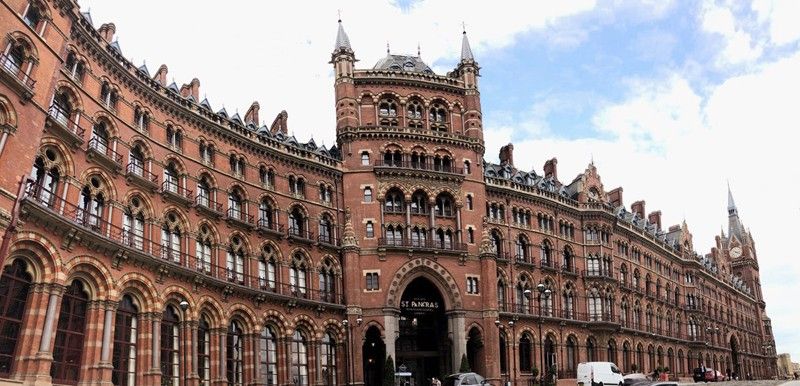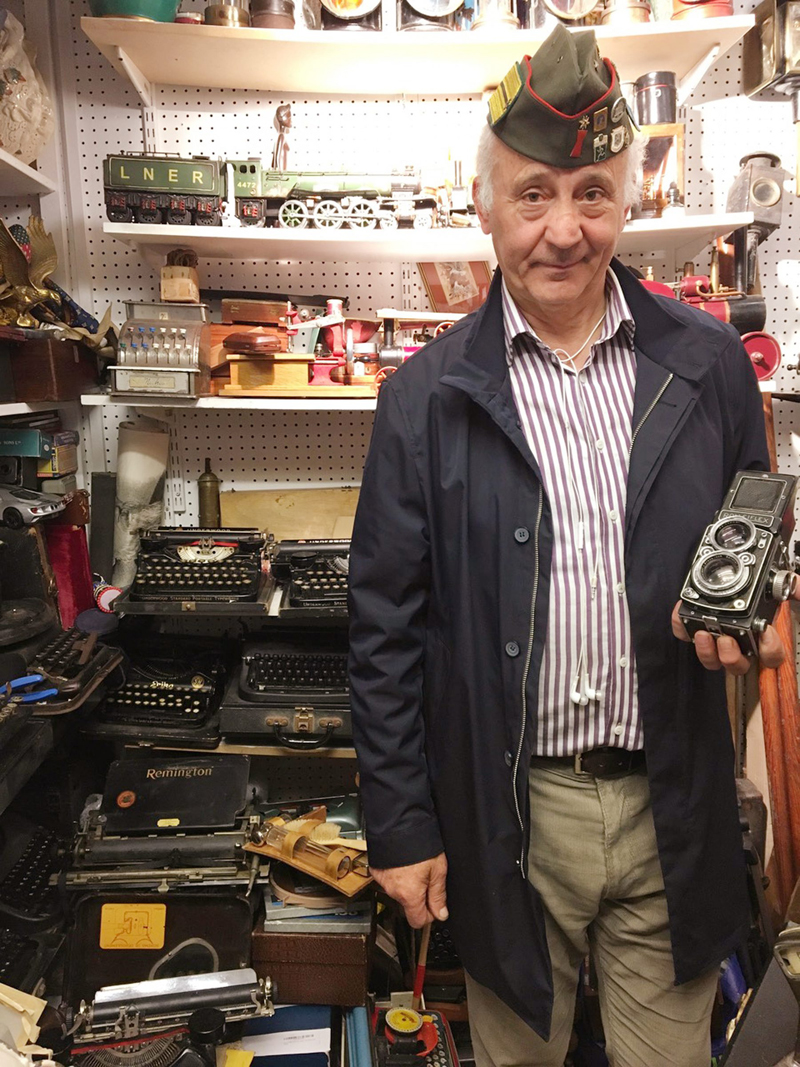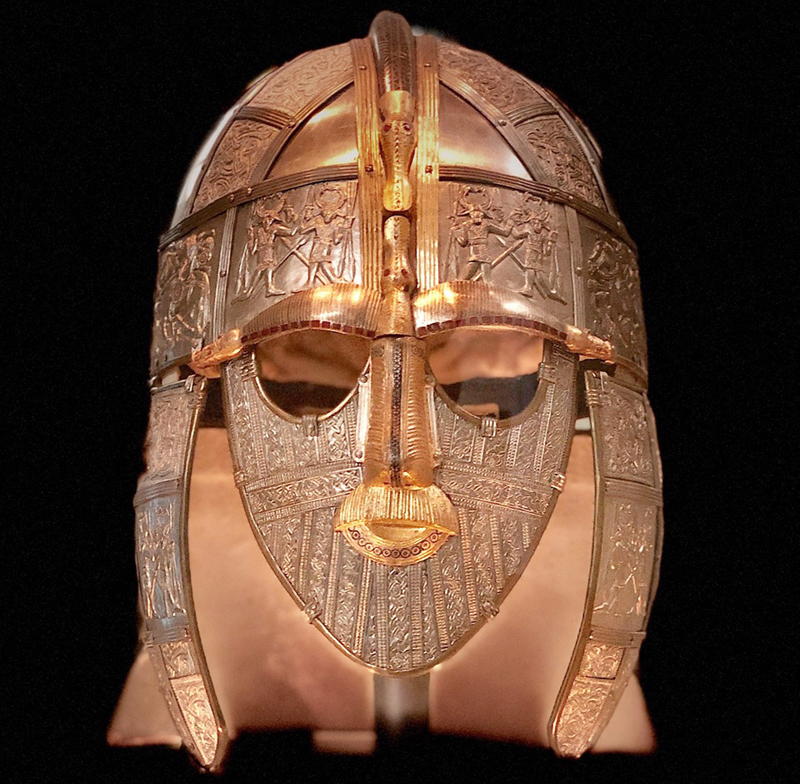Loverly London

(Part two)
To put it one way, the United Kingdom is the kind of place where the money looks too pretty to spend, especially the duotone one-pound and two-pound coins. But you better have a lot of it, and be prepared to let go — unless, like Beng and me, you thrive on the low end of things, which can come for next to nothing, if not for free.
As I’ve often mentioned here, Beng and I are inveterate flea market fanatics, and one reason we travel so much isn’t to pose beside the landmarks as nearly everyone else does, but to scour the flea markets, thrift shops, and garage sales of the world for the glorious stuff others see as junk — or maybe don’t see at all. From New York’s Hell’s Kitchen, Amsterdam’s Waterlooplein, and Barcelona’s Encants to Paris’ Clignancourt, Singapore’s Sungei, and Beijing’s Panjiayuan, we’ve been there and done that.
As it happens, we’ve yet to find a city as full of flea markets as London. On the weekends, you can easily find a dozen of them hawking everything from vintage Gladstone bags and Victorian silverware to paisley shirts from the ‘60s and ancient Roman coins. Beng usually looks for little silver baubles and I, of course, look for pens, old books, and anything to do with writing.

Nicholas the typewriter man
London is also charity and thrift-shop heaven, and every square mile you’d be guaranteed to find at least one Oxfam, British Heart Foundation, Cancer Research, Norwood, Barnardo’s, or British Red Cross shop, often right next to another. Being fairly large for a Pinoy, I don’t mind saying that nearly everything I wear on top comes from some ukay-ukay or resale shop, so London’s flea markets and thrift shops are always a chance to pick up well-cut shirts and blazers for a tenth or less of what they would go for on the High Street.
And true enough, London delivered in spades. Portobello Road is every tourist’s idea of a weekend bargain paradise (thanks to the Notting Hill movie — Hugh Grant’s bookshop at #142 is now a shoe shop), but the fact is that even more interesting and affordable markets can be found at Deptford, Brick Lane, and Islington, among others.
I did have a good chat with an antiques dealer named Nicholas on Portobello Road. He came over to me when he saw me craning my neck at the awesome pile of vintage typewriters he kept in one of his stalls. Even if I had to tell him that I couldn’t possibly drag one of those beauties home in my luggage, he seemed happy to meet someone — a Filipino at that — who understood how lovely and valuable his Erikas and Bar-Lets were.
Of course I couldn’t leave London without buying a pen or two. A tip from Nicholas led me to the Jubilee Antiques Market which happens at Covent Garden every Monday. The dealers set up as early as 5 a.m., and we were there at 7, me scouting the stalls for tubular objects, Beng interviewing a licensed mudlark (someone who pokes around the banks of the Thames) about his finds. I came away with a prize for £25, haggled down from £30 — a rare brass prototype of the iconic Parker 75.

The Sutton Hoo helmet from the British Museum
But more than markets, London is mecca for museum rats, which Beng and I also are, and while we’ve been there before and seen literally the same old things, we took in and reveled at the Sutton Hoo masks and the Egyptian mummies at the British Museum all over again, before hopping over to the Tate Modern at the South Bank for a mind-blowing exhibition of paintings from the Weimar Republic and highly inventive political art from the present. What impressed us even more were the guided tours for children at the Tate, their early exposure to the complexity of the modern mind. (Most London museums are free and open all week.)
We reserved our last stop in London for a treat I had been anticipating for ages: a return to the British Library and to its exhibit of its treasures, ranging from old Bibles, the Magna Carta, and pre-modern maps to a special section on the Beatles. I was struck by how neat, orderly, and indeed unfailingly precise the ancient manuscripts were, as you might have expected of sacred texts, such as the Codex Sinaiticus, its every word hand-inscribed in the 4th century but looking as sharp and as fresh as this morning’s paper. Contrast that to the vigorous scrawls, scribbles, and cross-outs of modern writers — including The Beatles, who wrote letters and lyrics with a schoolboyish disregard for form and order: the draft of Michelle on the front of an envelope, that of A Hard Day’s Night on a greeting card. Elsewhere, Sylvia Plath sends a poem to a publisher in long hand.
Words, decades, and centuries come alive in London — not just in the library or museum but on the street, which makes yet another visit worth yearning for.
* * *
Email me at jose@dalisay.ph and visit my blog at www.penmanila.ph.



















